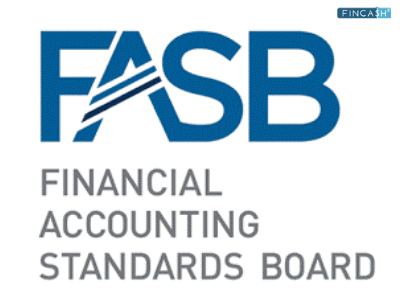Financial Account
What is the Financial Account?
The financial account is where the changes in the number of foreign assets held by the citizens of the country are measured. These citizens include individuals, families, businesses and the government. These factors depend on the balance of payments. Balance of payments means the way a country records Income coming into the country as well as the well-being and failures of the assets that come from abroad or held domestically. It's a part of Macroeconomics.

These assets involve anything from direct investments to commodities like precious metals and securities like stocks and Bonds.
The financial account always works hand-in-hand with the current account. This acts as a metric for international trade. A Capital account is a metric for all international transactions that do not actively have an impact on the production, savings and income.
Remember that a financial account does not show the total number of assets held by a country. But it acts as a record of changes in the amount of the value of assets held by the citizens of the country. It shows whether the number of assets held has increased or decreased in total value.
Financial Accounts’ Subaccounts
Financial account has two subaccounts. They are mentioned below:
1. Domestic Ownership Account
In the domestic ownership account there are three types of ownership as mentioned below:
- Private Owners
- Government Owners
- Central Bank
Talk to our investment specialist
a. Private Owners
Private owners are individuals or businesses that have assets, including foreign loans, deposits at banks in foreign countries or investments made in securities in foreign countries.
b. Government Owners
Government owners are either at the local, state or federal level. However, the federal government is the primary type of government asset owner.
c. Central Bank
The central bank of a country can own foreign assets. These assets can include all assets mentioned in the two points above. However, the International Monetary Fund (IMF) cannot be included here as it is an asset that is uniquely held by government owners.
2. Foreign Ownership Account
This account has two parts, namely private assets and foreign official assets. If citizens of a foreign country own any assets in the domestic country, the financial account will record a decrease. These assets include loans, deposits, foreign debt and corporate securities made from foreign to domestic banks.
Foreign official assets could be any assets that are mentioned above, but be held by a foreign bank or central bank.
All efforts have been made to ensure the information provided here is accurate. However, no guarantees are made regarding correctness of data. Please verify with scheme information document before making any investment.












